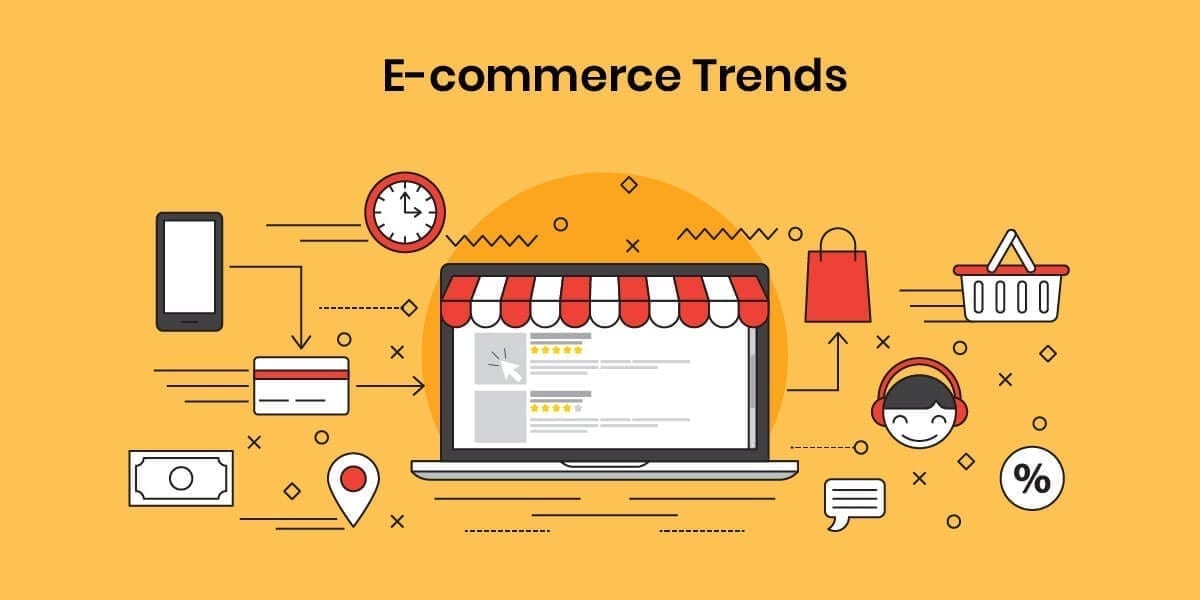The e-commerce landscape is continuously evolving, driven by shifting consumer behaviors, technological advancements, and global economic trends. For businesses aiming to stay competitive and future-ready, keeping an eye on emerging e-commerce trends is more important than ever. This year promises exciting changes, with innovation shaping the way people shop, interact, and spend online.
One of the most significant trends this year is the continued rise of personalization powered by artificial intelligence. Consumers expect tailored experiences, and e-commerce platforms are responding by leveraging AI to recommend products, customize email campaigns, and even adapt website content in real-time. By analyzing user behavior, past purchases, and preferences, brands can offer a more relevant and engaging shopping experience, increasing both satisfaction and conversions.
Social commerce is also gaining momentum. Platforms like Instagram, TikTok, and Facebook have introduced native shopping features, turning social networks into digital storefronts. Influencer marketing continues to drive sales, especially among younger consumers, who are more likely to buy a product recommended by someone they follow online. As social media platforms refine their e-commerce tools, businesses are integrating their marketing and sales strategies more closely than ever.
Another trend that’s impossible to ignore is the growth of mobile commerce (m-commerce). With smartphones becoming the primary device for browsing and shopping, mobile optimization is now a necessity, not a luxury. Businesses are investing in mobile-first designs, faster page load times, and simplified checkout experiences to reduce friction. Mobile wallets and one-click payments are also becoming standard, improving convenience and reducing cart abandonment.
Sustainability and ethical practices are influencing purchasing decisions more than ever. Today’s consumers are increasingly conscious of a brand’s environmental and social impact. E-commerce businesses are responding by offering eco-friendly packaging, carbon-neutral shipping, and greater transparency about sourcing and production. Highlighting sustainable practices is no longer just good PR—it’s a business imperative for winning over modern, value-driven shoppers.
This year also marks a notable shift in subscription-based models. From beauty boxes to meal kits, subscription services offer recurring value and convenience. But beyond products, services like curated content, premium memberships, and loyalty programs are being used to build stronger customer relationships. Subscription models help create predictable revenue streams while enhancing customer retention through ongoing engagement.
Augmented Reality (AR) is transforming how consumers shop online. With AR, shoppers can visualize furniture in their living room, try on clothes virtually, or test how a pair of glasses looks on their face—without ever visiting a physical store. As AR technology becomes more accessible and user-friendly, it’s redefining product exploration and boosting buyer confidence.
Voice commerce is also on the rise. Devices like Amazon Alexa and Google Assistant are making it easier for users to search for products, place orders, and receive updates—all through simple voice commands. While still in its early stages, voice shopping is expected to become more mainstream as consumers become more comfortable with voice interfaces and smart home technology.
The adoption of Buy Now, Pay Later (BNPL) services continues to grow, particularly among younger consumers. Platforms like Klarna, Afterpay, and Affirm offer flexible payment options without traditional credit cards. These services help increase average order values and reduce the financial barrier for shoppers, making them an attractive feature for e-commerce businesses.
Cross-border e-commerce is expanding as technology and logistics improve. More consumers are shopping from international retailers, and businesses are increasingly targeting global audiences. To succeed, companies must offer multi-currency pricing, local payment methods, and reliable international shipping. Localization strategies—including translated websites and region-specific promotions—are key to tapping into these markets.
Finally, data privacy and security are at the forefront of consumer concerns. With increased awareness of how personal data is used, shoppers are more cautious than ever. Compliance with regulations like GDPR and transparent privacy policies are essential for building trust. At the same time, businesses must strike a balance between personalization and privacy—offering convenience without compromising security.
In summary, the e-commerce landscape is becoming more immersive, personalized, and interconnected. Businesses that adapt to these emerging trends will not only meet evolving customer expectations but also gain a significant competitive edge. Whether through mobile innovation, ethical branding, or smarter use of data, staying ahead of the curve is the key to long-term success in today’s digital marketplace.





